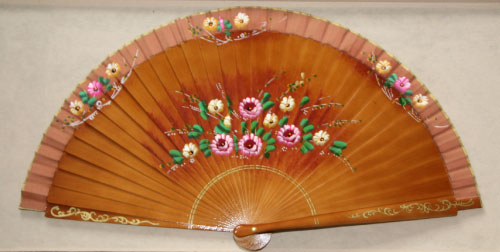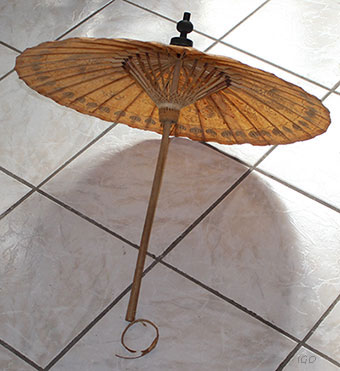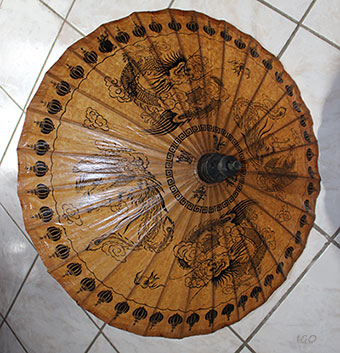 - Welcome - Paper
- Welcome - Paper
The paper
The paper is made with cellulosic fibres. It owes its name to the papyrus, a plant formerly present in Egypt in wetlands. The Chinese were the first to make paper with mulberry bark.
Manufacturing of the wallpaper
A uniform color layer was applied, and then decorative motifs were added in a second step. The planks used for the application of the colors were as numerous as the number of colors desired since one color was applied per plate in monochrome.
The French guild of wallpaper manufacturers bore the name "domino". This paper is, first of all, an assembly of different sheets of paper, different dominoes in various colors and aspects.
Many workers worked at the Faubourg Saint-Antoine in Paris to manufacture wallpaper. There were also wallpaper factories in Rouen in 1620, where the velvety papers were manufactured with the fibers not used by the woolen factory, the scraps. These canvases, printed or with a traced pattern, were coated with wool reduced to a powder and spread on these decorations.

Courtesy of Carolle Thibaut-Pomerantz - www.antique-wallpaper.com
Manufacturing of fans
The fan is an accessory designed to refresh and seduce with a wide variety of models. There are three main families of fans: fixed, semi-rigid, and folded; some are painted or embroidered. The decorative themes used in the past for these objects were varied, with the representation of historical events, artistic trends, and models dedicated to painters, writers, and musicians. Fans were found in Tutankhamun's tomb in Egypt. There were models used by warriors and samurai.
The manufacture of fans requires expert hands, starting with the creation of an articulated frame in tortoiseshell, ivory, or even mother-of-pearl. The material used as the paper is vellum, silk, or even lace. The paper was folded manually, and after 1770, the folding was carried out in a pleating mold.

Folded fan
Japanese umbrellas
Traditional Japanese umbrellas are made of bamboo and covered with Japanese paper, renowned for their robustness. It is done with mulberry fibers. This paper is coated with linen oil and then dried to become water-resistant.
The strength of these umbrellas is due to the way the mechanism is made; the ribs are made with bamboo, which is deemed unbreakable.


Origami
Origami, or paper folding, is an ancient folk art from China, although modest, and was the starting point for different techniques. We all made paper cranes in childhood. A simple sheet transforms into a complex shape.
The master in this field is Mr. Akira Yoshizawa from Japan, who developed a new way to transcribe the different folding steps into an international code. Beyond that, it is a source of inspiration for engineers who have developed foldable models in the medical field and for space applications, such as the deployment of the Gaia solar satellite. Architects have also used this concept to conceive shifting sun-screen panels, especially in Abu Dhabi, as an innovative way to shield themselves from sunlight. The challenge was to create complex models and apply them to specific materials.
Robert Lang, an American physicist expert in this field, first draws a simplified form of the desired model. He works on a basic folded shape before arriving at a more elaborate shape.
